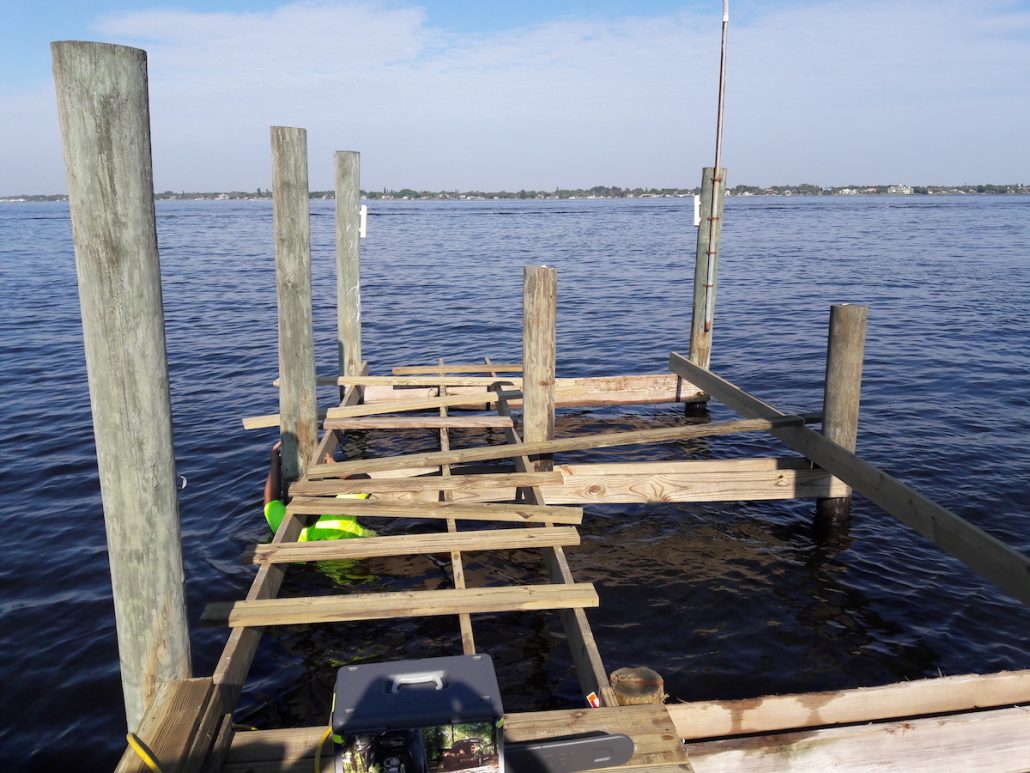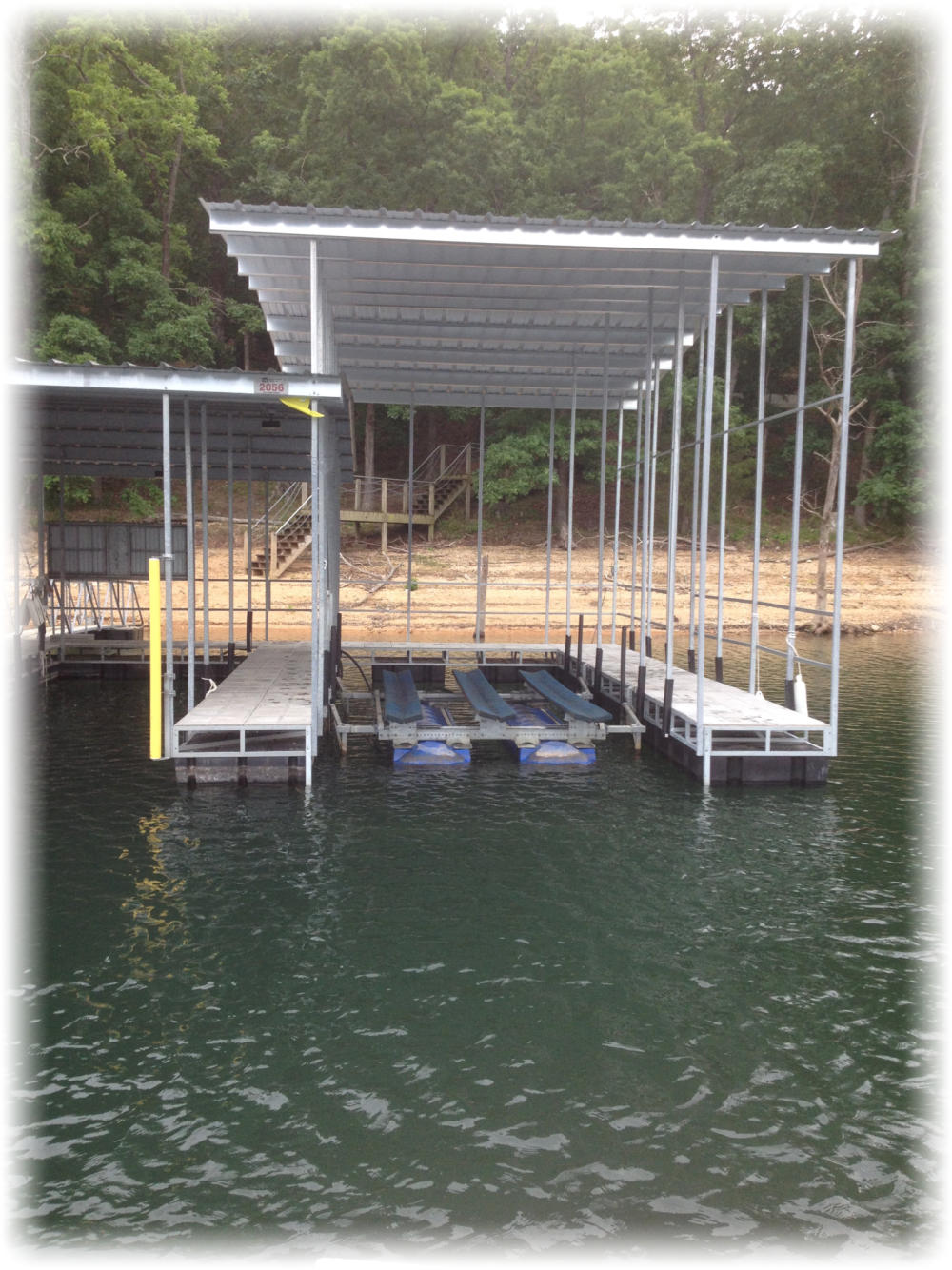Top Signs You Need Professional Dock Repairs This Season
Top Signs You Need Professional Dock Repairs This Season
Blog Article
Exactly How to Address Common Dock Fixing Issues for Safe Water Activities

Identifying Common Dock Issues
Determining typical dock concerns is critical for preserving the functionality and safety of your beachfront residential or commercial property. Routine evaluations can help discover issues before they become severe, guaranteeing both the long life of the dock and the safety of those who utilize it.
Another typical problem is the degradation of flotation devices. These tools are essential for keeping the dock buoyant, and any type of damages or slits can cause the dock to checklist or sink. Frequently inspecting for leakages or waterlogged drifts can preempt much more significant problems.
Additionally, algae and barnacle buildup on the dock's surface can develop unsafe and slippery conditions. This biofouling not just postures a risk to users yet can likewise increase the deterioration of the dock products.
Lastly, inspecting for indicators of rust on steel parts is crucial. Corrosion can compromise the honesty of the dock's framework, making it dangerous. By consistently determining these typical dock concerns, you can ensure that your dock stays useful and safe for many years to find.
Fixing Rotting Wood
When attending to the concern of decaying timber on your dock, it is critical to act quickly to avoid more degeneration. Begin by completely evaluating the entire framework to recognize all affected locations. Use a screwdriver to probe the wood; if it sinks in easily, the wood is most likely decayed and requires immediate interest.
Be sure to cut back to healthy, solid timber, ensuring you eliminate all compromised product. After elimination, treat the remaining timber with a timber chemical to protect against future rot.
Following, change the eliminated areas with marine-grade lumber or pressure-treated timber, which are extra resistant to water damage. Secure the brand-new items with galvanized or stainless-steel fasteners to prevent deterioration. Additionally, using a waterproof sealer to the new timber can offer an extra layer of defense.
Securing Loosened Boards
How do you guarantee your dock stays practical and risk-free for all its individuals? One essential aspect is safeguarding loose boards, which can otherwise posture substantial hazards. Loosened boards not only enhance the threat of tripping but can also endanger the architectural honesty of the whole dock.

For reinstallation, use galvanized or stainless steel screws, as these products provide premium resistance to corrosion in marine atmospheres. Ensure the screws are long enough to pass through deep into the underlying support framework, but not so long that they protrude via the dock's surface area. right here Pre-drilling pilot holes can aid stop the wood from splitting.
Lastly, keep a routine examination routine to recognize and attend to any type of new concerns quickly. By securing loosened boards efficiently, you add to the general safety and long life of your dock, making it a dependable system for water activities.
Stabilizing Unstable Pilings
Making sure the stability of unstable pilings is critical to preserving a safe and functional dock. Make use of a degree to check for upright positioning and ensure they are driven deep sufficient into the substrate to provide appropriate assistance.
If the pilings are located to be unsteady, one effective approach for reinforcement is using added supporting. Cross-bracing with dealt with lumber or galvanized steel can significantly enhance stability. Anchor the braces securely to both the pilings and the dock frame to distribute tons equally.

Routine upkeep and periodic review of the pilings' stability are important to ensuring long-term dock safety and functionality.
Replacing Rusty Equipment
Resolving unsteady pilings is simply one element of maintaining a dock's stability; an additional critical concern is replacing corroded equipment. Over time, exposure to wetness check out here and salt can cause the oxidation and rust of brackets, screws, and bolts, compromising the entire framework's safety. Routine evaluation for corrosion is important, specifically after severe weather condition or seasonal adjustments.
When rusty equipment is recognized, instant activity is required. Begin by choosing marine-grade stainless steel or galvanized equipment, both created to resist the rough marine setting. Make sure that you have the appropriate tools, such as screwdrivers and wrenches, to securely remove the old, rusty items without triggering more damage to the dock.
After removing the rustic hardware, extensively tidy the impacted areas to remove any type of recurring rust or particles. Apply a rust-inhibiting guide to exposed steel surfaces prior to setting up the new hardware. Tighten up all components safely to avoid future loosening, and occasionally check the fittings to make certain recurring stability.
Replacing corroded equipment not just extends the dock's life expectancy however additionally substantially boosts the safety and security of water activities. By proactively managing rust, you safeguard both the structure and its customers, making certain a secure and pleasurable waterfront experience.
Conclusion
Regular examinations and upkeep are important to address common dock fixing concerns and guarantee risk-free water activities. By recognizing and remedying troubles such as decaying timber, loosened boards, unsteady pilings, and rusty equipment, architectural stability and durability can be dramatically improved. The application of ideal treatments and marine-grade materials better fortifies the dock against environmental stress factors. Such proactive Our site procedures add to the overall safety and security and performance of dock structures, promoting a protected environment for water-based tasks.
Making certain the security of water activities hinges significantly on the appropriate upkeep and repair work of anchors (Dock Repairs). These tools are vital for maintaining the dock buoyant, and any kind of damage or punctures can trigger the dock to checklist or sink. By regularly recognizing these common dock issues, you can ensure that your dock remains practical and secure for years to come
Making certain the stability of unstable pilings is critical to keeping a practical and safe dock.Normal assessments and maintenance are vital to attend to common dock repair service problems and make sure secure water activities.
Report this page